Democratisation of automation to be future trend
January 2, 2021 10:48 am
I foresee Inovance to be one of the biggest vendors of industrial automation equipment in the Indian market.
Anil Kumar, Director of Inovance Technology India
In an interview with OEM Update magazine, Anil Kumar, Director of Inovance Technology India discussed the future of Indian market in automation, and how there solutions will help the increase in the reach.
Government aims to increase the share of the manufacturing sector to country’s GDP to 25 percent by 2025. What will be your sectors contribution in the same?
It is almost impossible for me to make an estimation of the automation sector’s contribution to this in financial terms. But what I would say is that, if the government wants to increase the size of the Indian manufacturing sector, then automation is absolutely crucial to this goal. Because without automation, then manufacturing in India will simply not be internationally competitive. And if India wants to have 25 percent of the country’s GDP coming from manufacturing, then such a large manufacturing sector would clearly have to be export dependent – so international competitiveness would be crucial.
And while high levels of automation may sound concerning from the point of view of jobs, in fact it should not be. After all, look at Germany and Japan – these countries have some of the highest numbers of industrial robots per manufacturing worker, and yet they also have some of the highest numbers of manufacturing workers per head of population in the world. In fact, I believe that in Germany manufacturing is about 20% of the economy – so not far off the target the government has set for us here in India.
With increased reliance on digitisation, which automation technologies have emerged enormously in driving your sector’s growth?
Well, we are primarily a vendor of industrial automation hardware such as variable speed drives, motion control products, PLCs, HMIs, CNCs and industrial robots. Some of these technologies have been around a while – such as variable speed drives which I believe were first commercialised in the 1970s – but of course they are always evolving.
And as you say, it is really digitisation that is changing everything these days. Increasingly, cloud computing is giving manufacturers access to analytical capabilities that would have been unimaginable a few short years ago. It’s an emerging trend – and many worry about cybersecurity. But the potential for efficiency improvements is vast. Essentially, cloud computing means that one can theoretically record all the data coming off a machine, store it, analyse it, and work out how to make efficiency improvements. I am not saying we can do this today, but it is coming.
Automated technologies are widely adopted by almost every industry, including MSMEs and do you see democratisation of automation as a reality in the near future?
If by democratisation you mean do I expect micro, small and medium sized enterprises to adopt automation in the near future, I would go further than this to say that such companies are already doing so. And I certainly think this trend will grow. Ultimately, automation is simply a means of improving efficiency, and competitive pressure in the manufacturing sector as a whole always forces efficiency improvements over time. Right now, with the advent of many new digital automation technologies, as we discussed in the previous question, I think this is a particularly important trend.
Under the ‘Make in India’ initiative, can India becoming a ‘plus one’ destination by cutting down its dependency on imports?
India already has a large, vibrant and internationally competitive manufacturing industry and I think that we certainly have a great future as a global manufacturing hub. Of course, I am no politician! But it seems to me that if India can attract international manufacturing companies to open factories locally that can only be good news. And India holds many cards when it comes to attracting international manufacturing – not least a large and highly competitive labour force; and a huge amount of the highly qualified digital professionals – software programmers and so forth – that are so important to the emerging technologies in the “Industrial Internet of Things”.
If I were asked “What can India do to attract more manufacturing” I would say the number one thing is to improve our infrastructure. The better the road and rail network, then the easier it will be to manufacture products in India destined for export. For me, rather than cutting our dependency on imports, the more interesting goal is to fully plug into the global economy and improve our own exports as a nation.
Apart from automation and IoT, what can be the next big thing in transforming the manufacturing sector?
That’s a big question. And if I am perfectly honest, I do actually think that the biggest thing transforming the manufacturing sector at the moment is automation and the industrial internet of things.
But, since you ask me to discuss issues other than automation and IoT, I think I would say that it’s got to be international situation: how we recover from Covid-19 and what form that recovery takes, and how the world’s governments manage international trade over the next few years. As industrialists, these larger issues are out of our hands, but they certainly impact us heavily.
What are your plans and projections for the next 3 years?
Here at Inovance, we are in a growth mindset. We know that, globally speaking, we are in the top ten in terms of our market share for Low Voltage drives, and we aim for consistent growth in India which is a vital market for us. Your readers may not be aware, but we also sell variable speed drives and controllers into the elevator market, and in elevators we are already #1 in India for integrated controllers. With our complete industrial automation product range, we aim to be a one-stop-shop for OEMs and end users alike who require an automation solution.
We have a pan-India presence, and we are growing that presence all the time. In fact, our advert in the current edition of this very magazine contains a map of India illustrating how our technical sales and support network reaches every corner of this vast country. We are also particularly focused on local R&D so that we can ensure our products meet the specific needs of India’s manufacturers.
Of course, I cannot reveal our financial targets and projections, but I can say that, within the next three years, I aim for Inovance to be one of the biggest vendors of industrial automation equipment on the Indian market.
Cookie Consent
We use cookies to personalize your experience. By continuing to visit this website you agree to our Terms & Conditions, Privacy Policy and Cookie Policy.



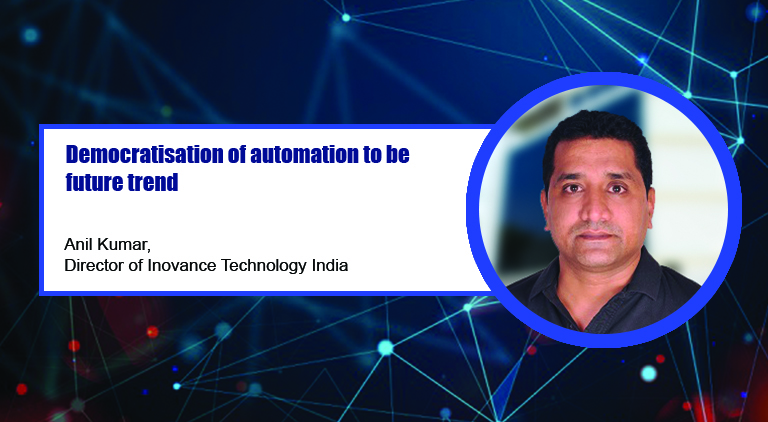

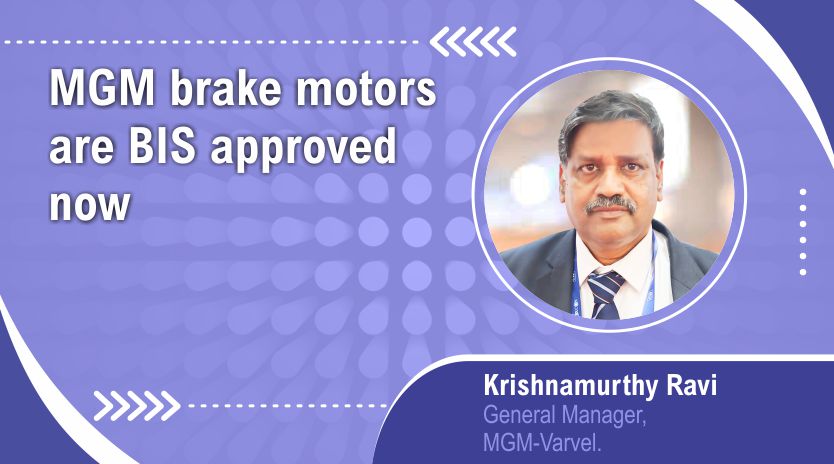
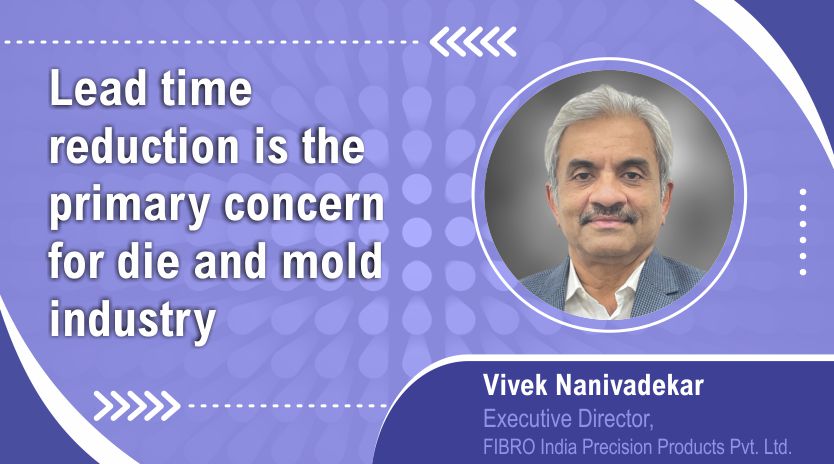
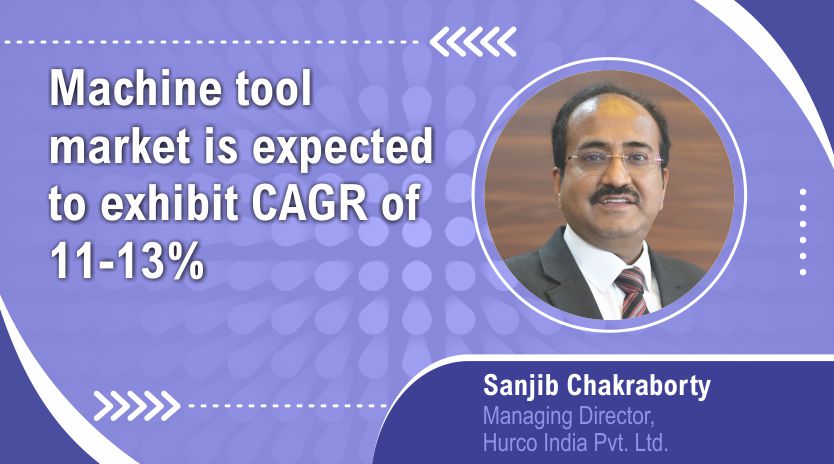
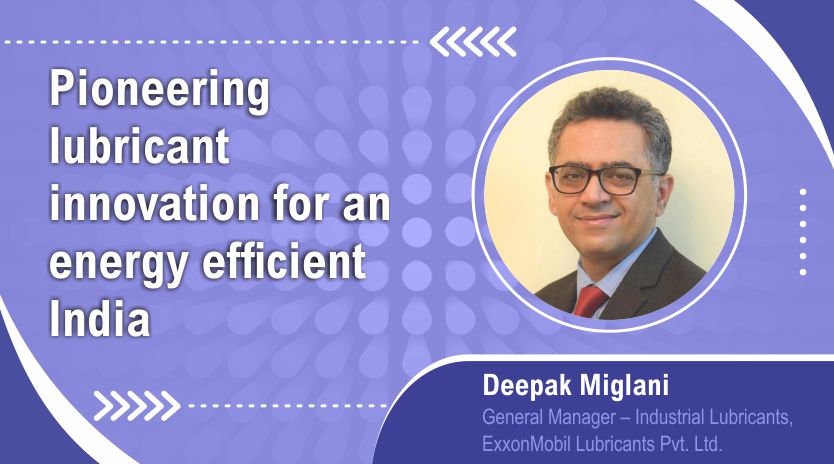

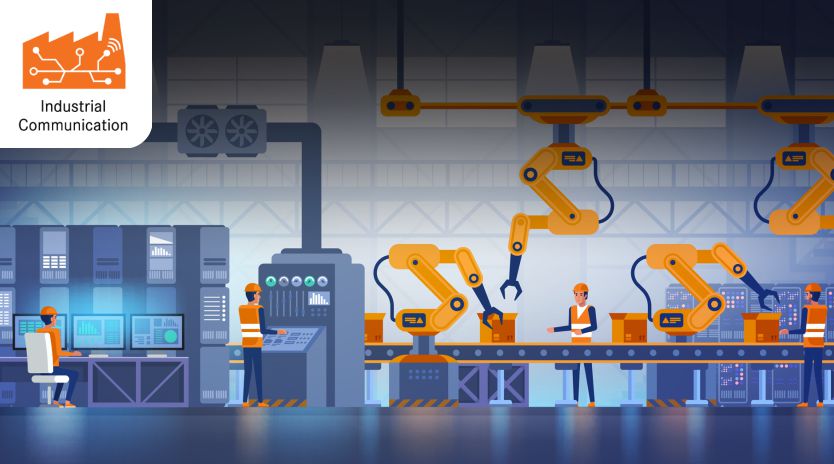

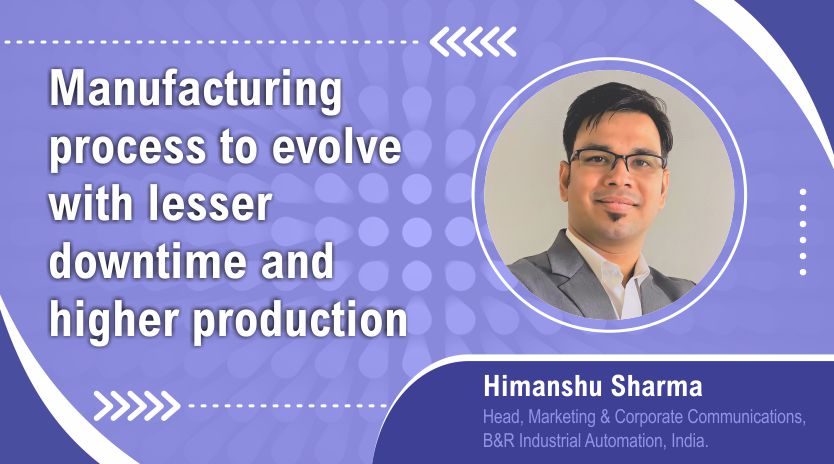
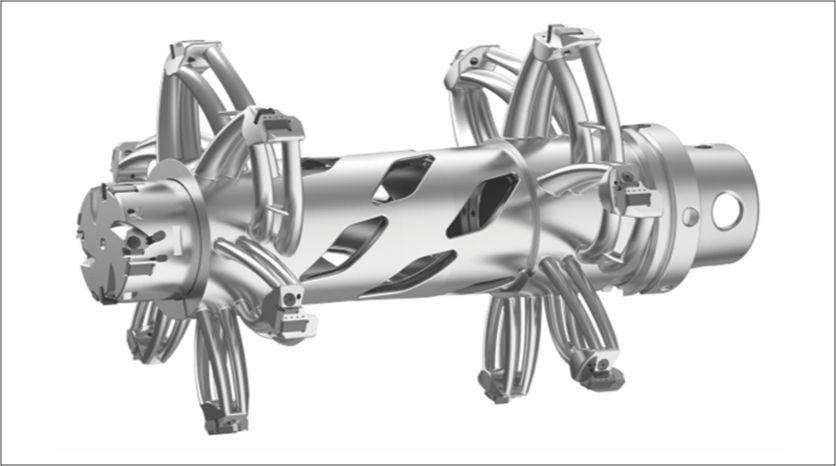



 English
English Hindi
Hindi